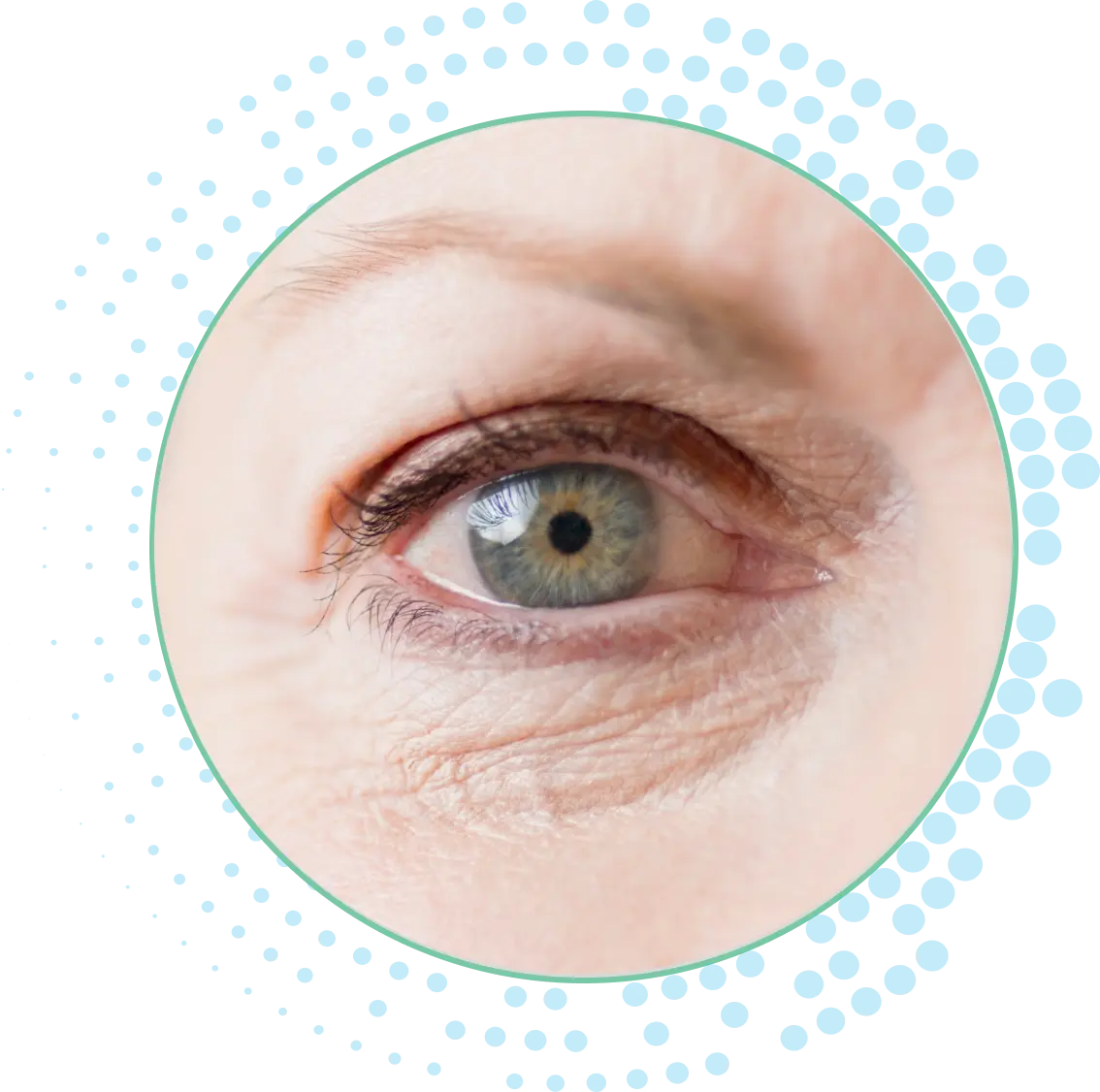Understanding Glaucoma
What is glaucoma?
Glaucoma is a progressive eye disease primarily caused by increased pressure inside the eye. Just as water builds up in a dam, the fluid in your eye can build up and increase pressure inside your eye. The increased pressure can damage the optic nerve, which is the nerve that relays messages from your eyes to your brain to create visual images.
Many people with glaucoma do not have any symptoms or pain, which is why it’s important to have regular eye exams that include specific tests for glaucoma. Left untreated, glaucoma can reduce your vision, sometimes making objects look blurry or dark around the outside edges.
As glaucoma progresses, the darkness or blurriness expands, which can lead to vision loss and even blindness. If detected and diagnosed early, an eye doctor can recommend treatments to manage glaucoma and help prevent permanent vision loss.

Two types of glaucoma: open-angle and angle-closure
Open-angle glaucoma is the most common form of the disease in the US and affects approximately 95% of individuals diagnosed with glaucoma. Initially, open-angle glaucoma has no symptoms, but if left untreated it can reduce your vision.
Angle-closure glaucoma occurs when the normal flow of fluid between the iris and the lens is blocked. Angle-closure glaucoma can be acute (appear suddenly) or chronic (develop slowly). Symptoms of acute angle-closure glaucoma may include severe pain, nausea, and blurred vision requiring immediate medical care. Chronic angle-closure glaucoma progresses slowly and can damage eyesight and vision without symptoms, much like open-angle glaucoma.
Who gets glaucoma?
More than 3 million Americans are living with glaucoma. There are more than 80 million people with glaucoma worldwide and that number is expected to rise to over 110 million by 2040.
Age is one of the major risk factors for glaucoma. If you are over 40, or have any of the following conditions or characteristics, talk to an eye doctor about having a complete glaucoma exam.
- Have a family history of glaucoma
- Are nearsighted or farsighted
- Have poor vision
- Have diabetes
- Take certain steroid medications, such as prednisone
- Take certain drugs for bladder control or seizures
- Have had an injury to your eye or eyes
- Have corneas that are thinner than usual
- Have high blood pressure, heart disease, diabetes, or sickle cell anemia
What treatments are available?
Your eye doctor will help you understand different treatments to reduce eye pressure and help manage glaucoma, and help you decide which one is best for your needs. If you have glaucoma or high eye pressure, there are a few options that your eye doctor may prescribe or recommend:
Prescription eye drops are effective at lowering eye pressure, but many patients find drops challenging due to redness, irritation, stinging, and difficulty putting them in the eye
Laser treatments help drain fluid from the eye to lower pressure
Micro-invasive surgical options are available for patients who are interested in effective eye pressure and glaucoma management along with reducing or eliminating prescription medications
There are also new minimally-invasive treatments that can lower your eye pressure and help manage glaucoma. If you are interested in new treatments, here are some helpful talking points for you and your eye doctor:
- I’ve heard that there are new treatments available that lower eye pressure and help manage glaucoma – can you tell me more about them?
- Are there any new treatments that won’t make my eyes red and irritated?
- Are there any treatments that are easy to use?
- How do I know if my glaucoma treatment is working?
- Is there a prescription treatment that I don’t have to take every day?